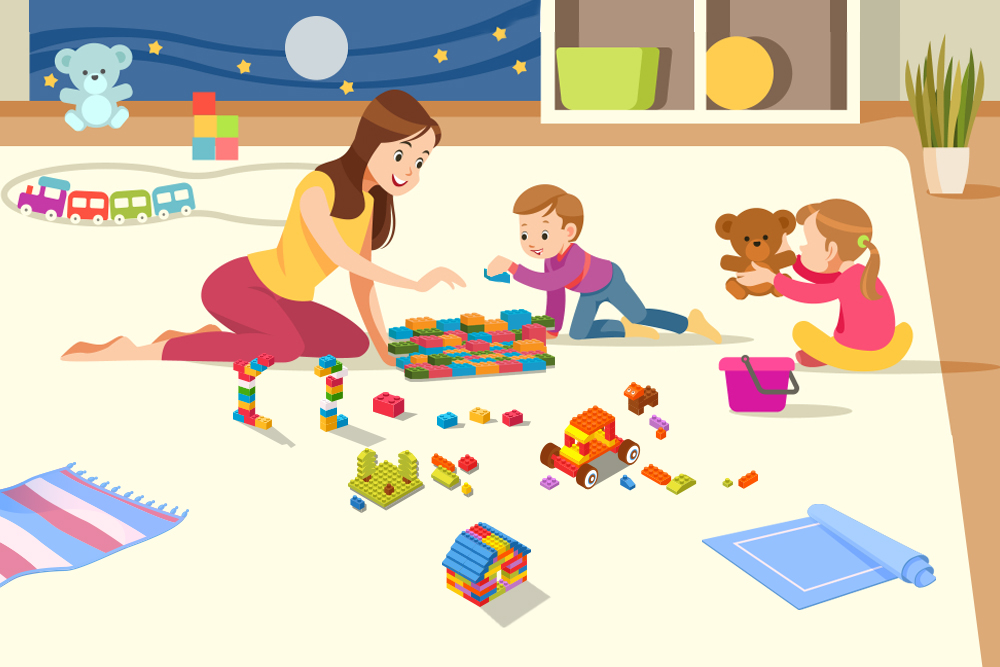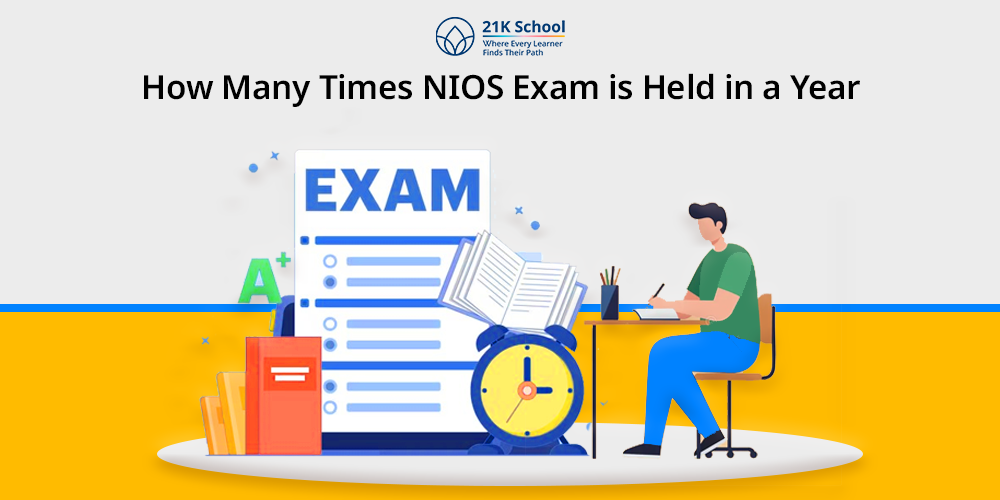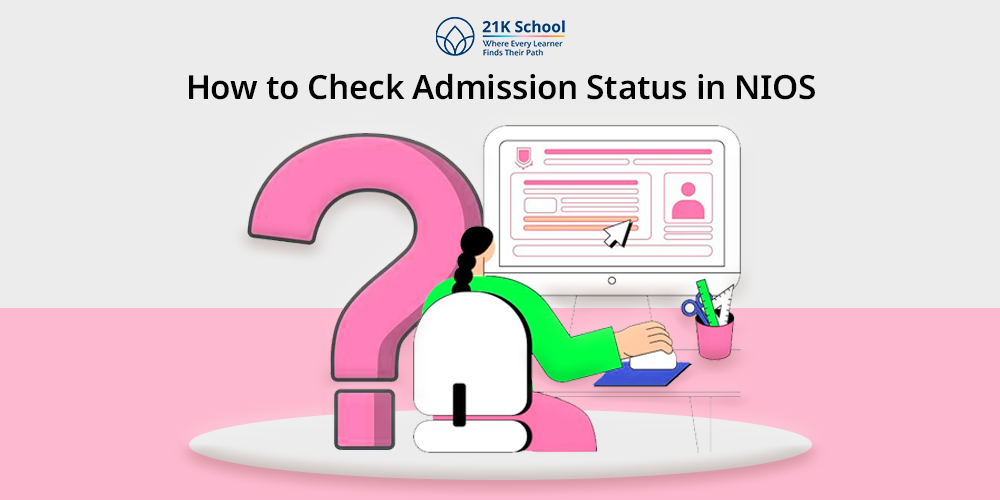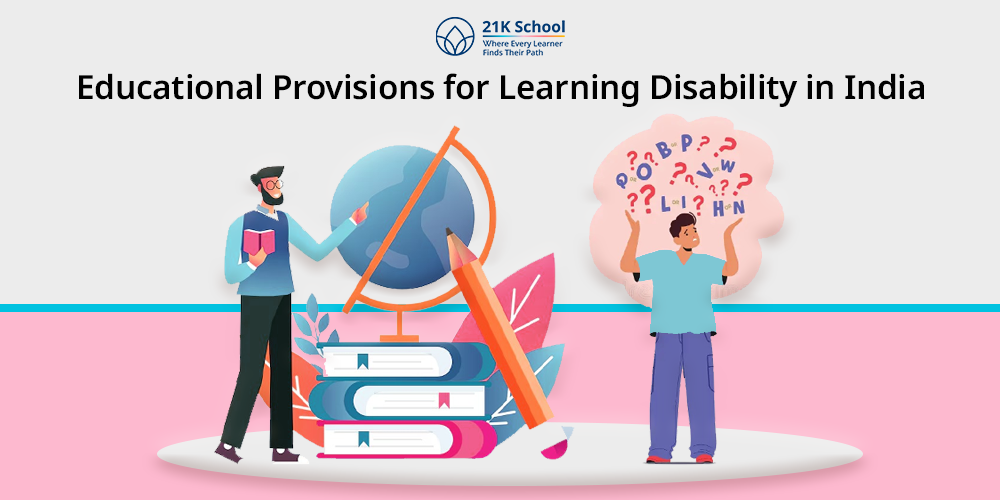
Owing to the ongoing pandemic, your child’s school has now been transported to your home. You may often find yourself fretting over the impact of online learning and on your little one’s motor skills. As parents, we must strive to do everything in our power to ensure that the virtual learning environment does not hamper the development of such skills. The first step in this endeavour is to know more about what terms like fine motor skills and gross motor skills mean and why is it necessary to focus on them.
While fine motor skills are about using the small muscles (in our wrists, hands, fingers, feet, and toes); gross motor skills involve the large muscles of the body (whole-body movement). It is vital to develop both these skills in little children so that their bodies can efficiently perform everyday functions with ease.
Unfortunately, the pandemic has greatly restricted the physical activities of kids. In several parts of the world, kids are not even able to go and play outside. Not too long ago, attending a physical school used to take up more than half of your child’s day. However, the pandemic is slowly making online schooling the new normal. While virtual learning may not be able to compensate for the touch-and-feel activities that kids engage in when they attend a physical school; here are 5 strategies that can help develop fine and gross motor skills in kids, as they attend their classes online.
Contents
Choosing the Right Learning Program
When it comes to choosing the right school or the apt learning program for your child, do enquire about how much value does the institute put on developing fine and gross motor skills in young children. For instance, all pre-primary programs in 21k School involve activities like yoga sessions, art and craft projects, musical movements, and more.
Utilizing the Breaktime
When your child gets an interval or “Away time” from the online class, try to offer stimulation and active playtime to your little one. You can make them do a full-body stretch, eye exercises, jumping jacks, and more. You can also use this time to dance with your child or simply ask them to help you clean the room. All these interesting initiatives will help develop motor skills and make break time all the more fruitful.
Changing the Lifestyle
The onus largely falls on us parents to bring about a change in the child’s daily routine. Invest in activities like building blocks, puzzles, play dough, and more, to supplement virtual learning. You can also cut down on your own screen time to set an example and instead use that time to engage in physical activities with your child. One such physically and intellectually stimulating activity is creating an obstacle course at home, with resources that are readily at your disposal.
Letting Your Child Lead the Way
Keep in mind that every child is unique. Listen to your child and understand what he/she is interested in and use that activity to work on their motor skills. For instance, if your child wants to participate in cooking, you can ask him/her to peel boiled potatoes, whisk eggs, measure ingredients, pick out vegetables and fruits from the fridge, hold the plate, etc. These seemingly insignificant practices can go a long way in developing motor skills.
Talking to Your Child
Children are always full of curiosity. Throughout the day you are bombarded with several WHYs, HOWs, and WHATs. This is a sign that the child is yearning to learn more about his/her surroundings. Use this opportunity to tell your child about the human body. Discuss about the importance of developing motor skills and how certain activities can help. For instance, if your child complains of his/her fingers getting tired while writing, explain to the child how he/she can build stronger fingers through activities that involve the use of fine motor skills. If the child feels too tired to sit in a particular posture, tell the little one how whole-body movements can help develop gross motor skills.
Whether we like it or not, the pandemic has ushered in this new era of virtual learning for our kids. All we have to do is find innovative ways to make the best of this new normal and use online learning as a tool to equip our children to flourish in both; the virtual and the real world!
Authored by Bhavna Bhalla,
A full-time mother for the last six years and a part-time writer for over a decade with a passion for travelling and engaging in intellectually-stimulating conversations.



